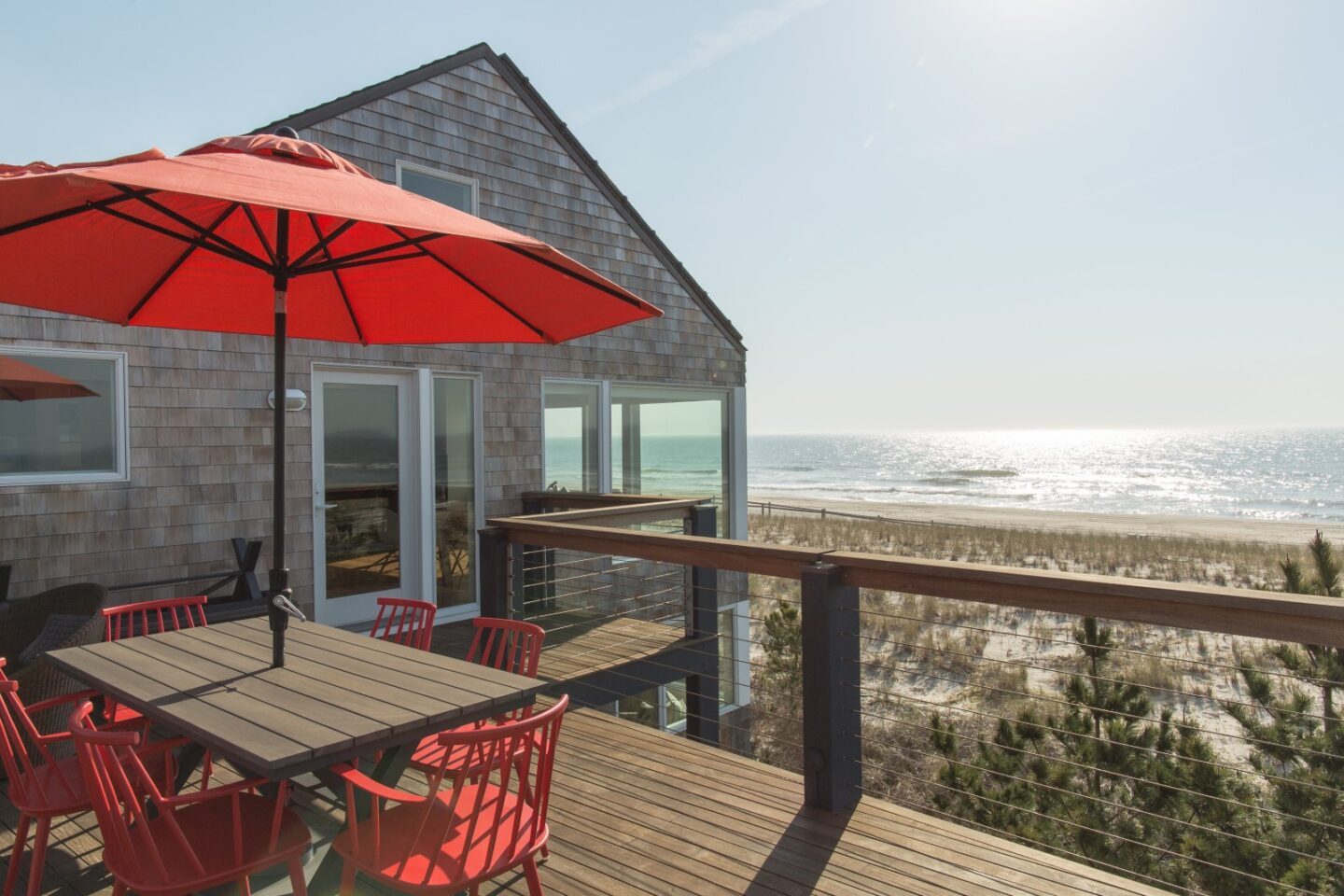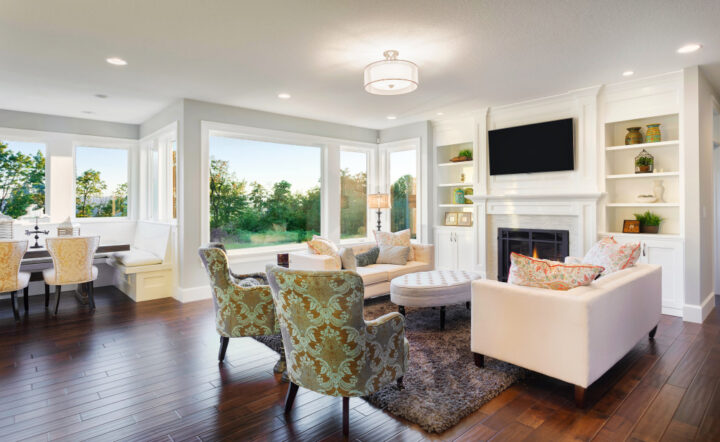How to Finance a Vacation Home
Many would-be vacation home owners wonder about financing a second home. Here’s a look at what you need to know about financing yours.

Written by Chris Sessions on May 15, 2018
If you dream of owning your very own mountain getaway cabin or ocean-side condo retreat, you’re not alone. And for good reason. Owning a vacation home is a luxury that can also potentially turn out to be a good investment as property values rise. If you’re wondering how you might make that a dream a reality, you’re not alone there either. Many would-be vacation home owners wonder about financing a second home. Here’s a look at what you need to know about financing yours.
Vacation Home vs. Rental Property
Vacation properties and rental homes are financed differently. So before buying your new home away from home, you’ll need to figure out how yours will be classified.
A vacation home is typically defined as a secondary residence at least 50 miles away from your primary residence. If it’s any closer to your primary home, you’ll have a tough time explaining that to your loan officer. Having a vacation property that close to your primary residence can be an indicator that the intent of your vacation home is to rent it rather than for personal use, which would qualify the property under a different loan type.
If you do plan to rent out your vacation home, it’ll be classified as an investment property, which has different rules than a vacation home or primary residence, as we’ll discuss below.
Qualifying for a Vacation Home Loan
With a second home comes a second mortgage, and qualifying for two mortgages is a challenge not every buyer can overcome. Not only will you need to meet the debt-to-income requirements for carrying two loans, but you’ll also need to meet the stricter requirements for vacation home loans or investment property loans.
Compared to loans for primary residences, loans for vacation homes typically have slightly higher interest rates, and lenders may require a higher credit score as well as a larger down payment. For example, a primary residence allows for down payments as low as 3% for conventional loans. But for a vacation home, you may need 10 - 20%. With these types of loans, it’s also important to remember that renting your vacation getaway while you’re not using it might violate the terms of your loan.
With an investment property, you’ll likely pay a higher interest rate than those for primary residences and vacation homes. And need to put at least 20% down, since it can be a challenge to get mortgage insurance on investment properties. Your lender may also request a comparable rent schedule included with your appraisal. But the good news is that your lender will consider a portion of the anticipated rent as income, which could help you qualify for a loan that you otherwise wouldn’t without that added income. And of course you’ll be able to offset your costs with the regular rental income.
Financing Options for Vacation Home Loans
- Do a cash-out refinance: If you have enough equity in your home, and it makes financial sense to refinance at the current rate, you may be able to get the cash to buy your vacation home by doing a cash-out refinance. A cash out refinance is where you replace your current loan with new mortgage loan for a larger amount than the existing amount, and keep the difference between the two loans in cash. You can check current rates for a cash-out refinance on Zillow. Just add the amount of cash you’d want to take out under the Advanced Options.
- Get a HELOC: Another option for those with substantial equity in their homes is a home equity line of credit (HELOC). A HELOC is a revolving line of credit that lets you borrow against the equity in your home. Similar to a credit card, a HELOC gives you a credit limit and lets you withdraw the funds as you need them. This is a good option if you want to avoid refinancing the mortgage on your primary residence. You would keep your first mortgage with its current interest rate, and take out a separate HELOC loan with different terms. Not all lenders offer HELOCs, but you can search for a HELOC lender on Zillow.
- Take out a new loan for the second home: If you can qualify for a second loan as outlined above, or if you’ve already paid off your first mortgage, you can get a new loan for your vacation home. This option would help you avoid refinancing your existing loan, so if you have a lower rate locked in, you can keep it that way.
- Go in with friends: Financing a vacation home can be expensive, and costs can add up quicker than you think. Going in on a vacation property with friends or family can make actually buying one more achievable.
Need help financing a vacation home? Find a local lender on Zillow who can help.
How much home can you afford?
At Zillow Home Loans, we can pre-qualify you in as little as 5 minutes, with no impact to your credit score.
Zillow Home Loans, NMLS # 10287. Equal Housing Lender
Get pre-qualifiedHow much home can you afford?
See what's in reach with low down payment options, no hidden fees and step-by-step guidance from us at
Zillow Home Loans.
Zillow Home Loans, NMLS # 10287. Equal Housing Lender
Calculate your BuyAbility℠
Related Articles
Get a mortgage with Zillow Home Loans
Go from dreaming to owning with low down payment options, competitive rates and no hidden fees. A dedicated loan officer will guide you until you have your keys in hand.

Zillow Home Loans, NMLS #10287. Equal Housing Lender.



